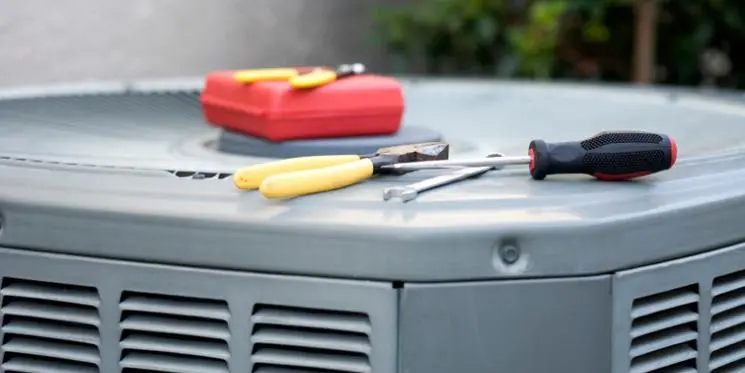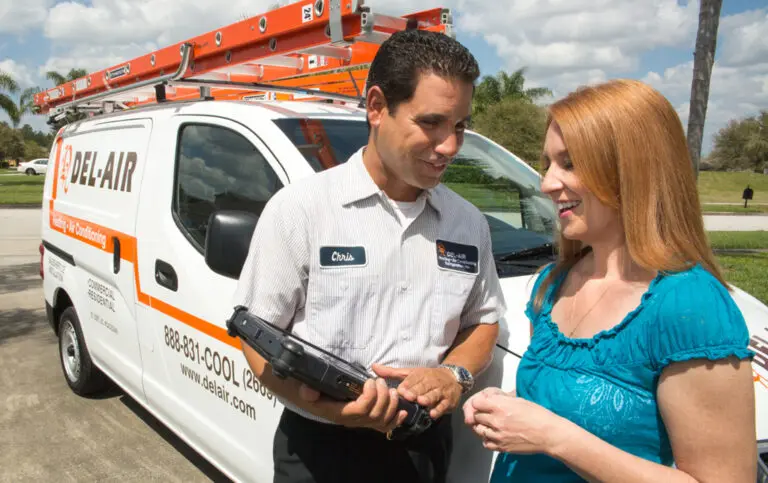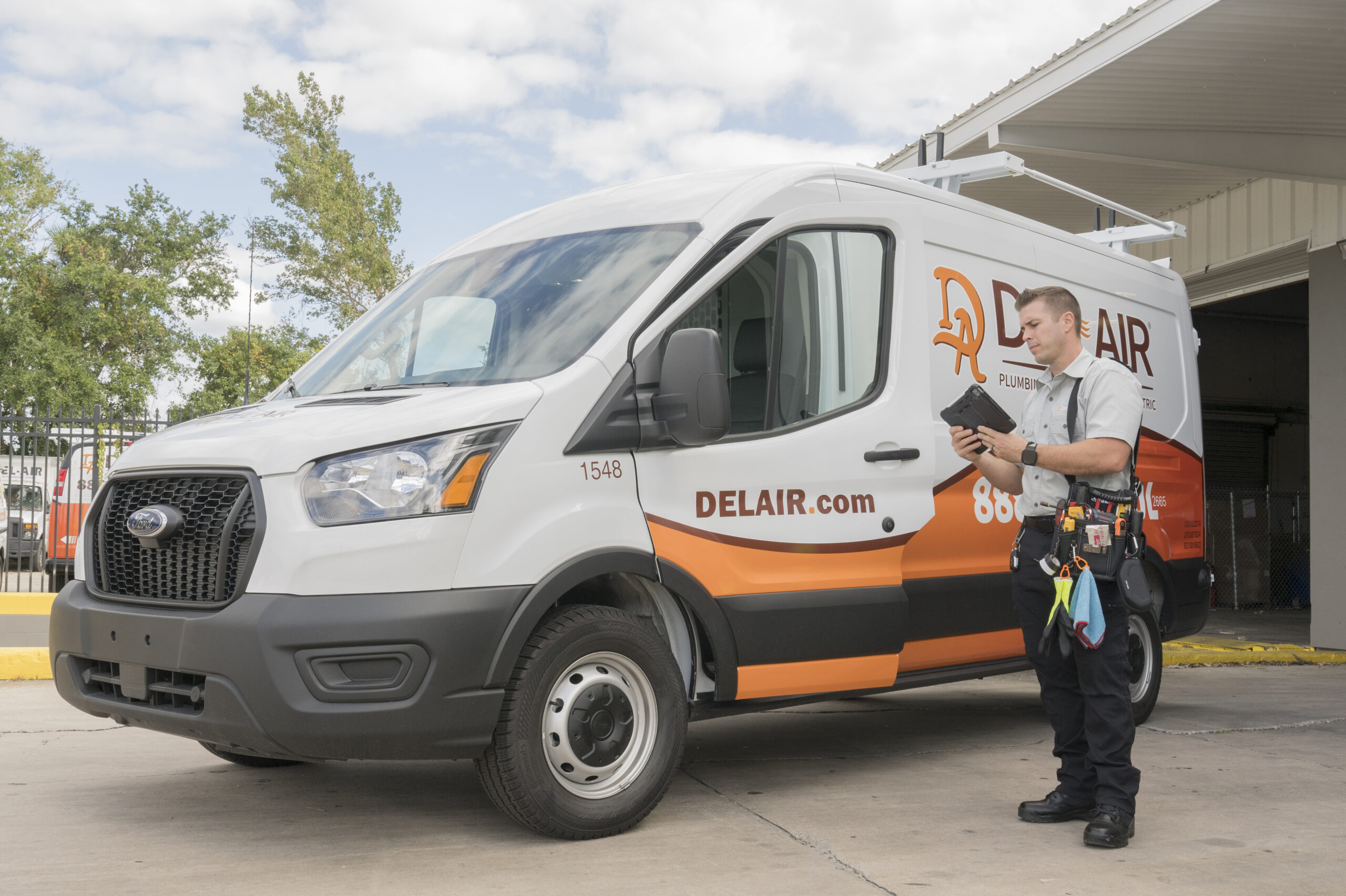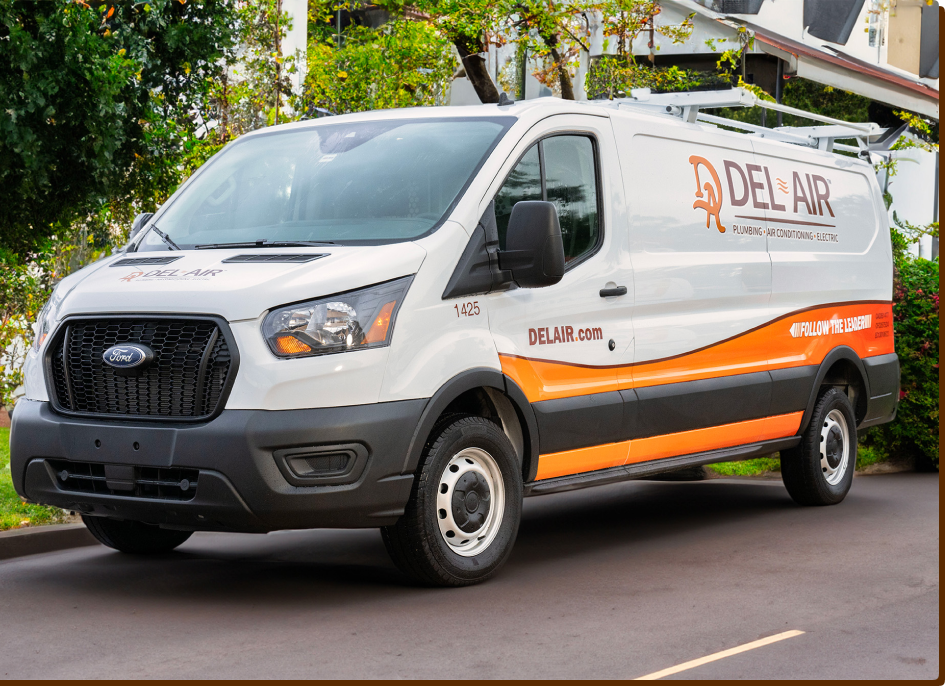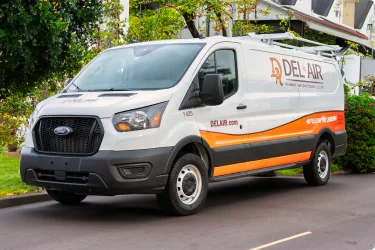You hear all the time that location is the most important aspect of real estate. Many insist that this is the best overall advice on what to look for when buying a home.
There’s no doubt that where a home is physically located is an important factor and one you need to consider when deciding on a home purchase. It’s not just what city or what neighborhood to buy in. It’s also the particular lot and how the home sits on its site. Proximity to services like shopping, schools, health providers and distance to your work are factors to take in, as are the home’s floorplan, its size in square footage, the number of rooms and their layout, access to the street and even the lot grading.
Overall neighborhood considerations are important as well. Crime is a major issue and safety to your family is a high concern. You must weigh access to emergency services like police, fire and ambulance in a home buying decision. Age of the neighborhood has a value, both pro and con. Is the area recently built or run down? What is the potential for property appreciation or depreciation? Is the location past its prime or is it coming of age?
More factors come into play. Regional considerations such as noise or pollutants can make a big difference on your quality of life if you buy in a poor location. Flight paths for airports can be noisy. Landfills or refineries may be smelly. Traffic may be excessive. Exposure to weather may be uncomfortable. Natural light may be blocked or there may be no shade at all.
Environmental factors are vitally important to your health and comfort, which is the primary reason for putting a roof over your head. However, it’s not just the location of where the roof is that’s important. Protecting you from the elements is a home’s primary job. That includes exterior elements as well as interior elements.
Hugely important in what to look for in a home is its physical condition. A new home seems more likely to have less repair and maintenance that an older home but that’s not always the case. The quality of construction covers an entire spectrum of components. It includes the foundation, the drainage, the frameworks and roof. Consider the state of the windows and doors, siding, gutters, decks and outbuildings. Inspect the visual parts like the flooring, the fixtures, the cabinets and countertops.
Paint tells you a lot about a home you’re considering. What’s the condition of the outside? The interior walls and millwork? What are the colors and the tones? Do they speak of current trends that show overall care given to reflecting the financial value and emotional peace of mind? What is your overall impression of the home? What is its condition saying to you about living there?
Quality of life is just as important as the quality of construction, and much of life’s comforts in a home come from its mechanical systems. Ask if the plumbing is current, and that the fixtures like toilets, taps and especially the hot water tank are dependable. Is the electrical system up to date? Are utility services adequate? That includes gas connection and telecommunication portals for the internet.
Most of all, for your quality of life, ask if the HVAC system is functional. That’s HVAC — Heating, Ventilation and Air Conditioning. It’s the most vital mechanical component of a home and the greatest contributor to your health and comfort.
Most people don’t check into how an HVAC system works when looking to buy a home. The benefits of an HVAC system go beyond physical comfort. They extend to energy efficiency, which can significantly reduce operating costs, environmental issues including a green contribution to the planet and even address a noise factor, which can make living in a home unbearable.
To truly appreciate the importance of an HVAC system in a new home, it’s important to understand how an HVAC system works, what its components are and how they can make your quality of life better when buying a home.
The Basics
HVAC — Heating, Ventilation and Air Conditioning.
No matter what part of the country, all homes come with some sort of system to heat, cool and ventilate to ensure air quality control.
Hot climates like Florida can be unbearable to live in without air conditioning, and homes in this state have their cooling units running for at least three quarters of the year. Cooler states require more heating output from their HVAC systems, but most still require a cooling capacity for a good portion of the seasons.
Heating appliances can be forced air furnaces fueled by natural gas, oil or sometimes electricity. Alternate heating sources may be radiant systems activated by hot water, stand-alone wood stoves or fireplaces and even high-tech solar panels or geothermal ground-source units.
Ventilators, which change the air, are sometimes as simple as a fan or opening a window all the way to climate-controlled heat recovery ventilators or integral systems, which blend a combination of heater, ventilator and air conditioner like a heat pump.
Air conditioners serve two primary purposes. They cool the indoor air and they regulate the moisture or humidity in the air. This happens by refrigerating the air, which circulates throughout the house.
Central Air vs Conventional Air Conditioning Systems
There are two types of air conditioning systems. The basic air conditioning system is a static unit that services a specific room or area. This can be the window mounted A/C units that are so often seen in older homes, apartments and mobile homes. They have limited efficiency, especially in the energy consumption department. Moreover, most people find them unsightly and downright noisy.
Static air conditioners can be stand-alone units that sit on the floor or hang from a wall. Some are ducted to the outside. These air conditioners simply recirculate and attempt to cool the inner air, and have a moisture capturing tray or bucket attached. None of these simple air conditioners are particularly effective or efficient at cooling an entire house.
Centralized air conditioning units send cool air throughout the house through a system of supply and return air ducts. This system cools each room, instead of just one. Each unit pulls ambient, or stale air, and sends it to a handler unit, which cools and recirculates the air at a proper humidity — normally at about 55 percent.
The central air vs air conditioning system has additional benefits when air filtering comes into play. This process removes airborne particles like dust, lint, allergens, pollen and pet dander. Some filters are capable of pulling micro-pollutants from the air and allow exceptionally clean, pure and continually cooled air to each room.
The advantages of a central air conditioner don’t end there. Other benefits of an HVAC system include:
- Less Noise — Most units have their condenser, compressor and fans outdoors as in the case of a heat pump. This eliminates window and floor applications, and the majority of the noise.
- Easy to Operate — Most HVAC systems are controlled by a single console or thermostat that can be preset for the optimum temperature and humidity comfort.
- Compact — They don’t take up valuable interior floor space and they don’t block light or views from a window.
- Economical — Setting aside their initial purchase and installation costs, central air conditioners are highly efficient in power consumption. Most of today’s units are EnergyStar rated and produce a far better return on energy costs than conventional air conditioners.
- Customizable — Central air conditioners can be specialized to operate in a reverse cycle, where they not only cool air but also heat by pumping heat from outdoors into your home. The value of a heat pump is that it is 3 times more efficient in the heating cycle than a standard electric heater.
Split Air Conditioning System
The majority of homes with central air conditioning have what’s called a ducted split system or a ductless mini-split system.
This consists of splitting the system into indoor and outdoor components. The condenser and its fan are located outside, usually on a dedicated concrete pad. Inside is another fan and a coil setup, usually located in a closet in the home or in the garage.
Pipes that transfer refrigerant between the condenser and the indoor coils connect the components. This provides the cooling effect to the air that’s distributed by air duct system located in the attic to each room and returned to the indoor unit to be de-humidified and cooled.
Again, what to look for in a split HVAC system in a new home are three main components:
- The Condenser — located outdoors. It appears as a metal box with finned grates and a fan protected by guards. The condenser will have an electrical connection and an insulated pipe attaching to the house.
- The Air Handler — usually located in a closet or garage will have coils and a blower. The supply air duct is connected to the top of the air handler and the return air duct will be connected to the base of the air handler.
- The Ductwork — usually runs through the attic. Generally, the supply air to each room will be smaller, round ducts and the return air will be larger. Ductwork is usually made of fiberglass and insulated vinyl flex duct. For homes that are hard, to fit with ducting may have their central air conditioning designed as a split-ductless model.
Key Factors to Consider in a Central Air Conditioning System
There are eight major factors to look for when buying a home with a centralized air conditioning system. All are important and combine to provide you with the best quality air to breathe in your home, temperature and humidity for comfort, investment on energy expenses and the peace of mind that the system is dependable and long lasting.
In no particular order, keep these points in mind when buying a home with an HVAC system that includes central air conditioning.
Unit Size
In air conditioning terms, size does not refer to the physical measurements of the condenser or air handler. Unit size is the amount heat the unit is able to remove or add to your home measured in BTUs, or British Thermal Units per hour. One ton of cooling is the equivalent of 12,000 BTUs.
It is critical that the unit match the size of the home. One size does not fit all in air conditioner installation. Too small a size and the unit will not maintain the desired temperature in the home. Too big a unit will result in high humidity due to not enough runtime to dehumidify.
Major factors for sizing are the area of the home, the volume of air to be treated, the climate, the insulation and the overall layout. This can be a complicated calculation, and it pays to have a professional inspect the unit prior to purchase and make sure it’s properly sized for the home.
Unit Efficiency
Air conditioning unit efficiency, referred to as SEER, is the amount of cooling that is produced per electrical watt. This acronym stands for Seasonal Energy Efficiency Rating.
Currently, the minimum SEER rating required for split-system air conditioning units is 13. For maximum efficiency, a SEER rating of 23 is the best and older models with a low SEER rating such as six should be avoided, as they will require early and expensive replacement.
Overall factors that affect a unit’s SEER rating are:
- Large coils that transfer heat efficiently
- Thermal expansion valve
- Blower with adjustable speed
- Switch option for circulated mode
- Fan delay function
- Air Filter monitor which indicates when cleaning is needed
Unit Load
The load is the actual cooling requirements that a house needs. This is calculated by the overall size of the house, not just in floor plan square footage. This takes in the height of the ceilings, as well as any open spaces such as vaults and stairwells and is calculated in cubic feet. It also takes into consideration:
- Layout, height and number of floors including any livable attic space
- Thermal construction of the house like the thickness of walls and type of insulation
- Heat loss and gain from exposed windows
- Air loss from a leaky building envelope
- Sizes of individual rooms
- Position of the house in relation to sun pattern
- General climate of the area
These load calculations need to be made by a trained and competent contractor who has experience in calculating air conditioning load requirements. There are sophisticated computer systems available to calculate A/C loads but nothing beats the experience of a trained technician to make sure the air conditioning unit load capacity is not too big nor too small.
When the load capacity is correctly sized, the air conditioning unit cycles at proper stages and ensures an energy efficient ability to cool the air and regulate humidity. An over-cooled home will feel clammy, damp and muggy a undersized home will be hot and unit will not cycle off.
Unit Refrigerant
Older air conditioner units used a Freon R-22, a gas refrigerant that contained ozone-depleting hydro chlorofluorocarbons. Fortunately, it is illegal to use this gas in new units produced after 2010. Today’s air conditioners use Forane or Puron R-410A, brand name refrigerants that contain only hydrofluorocarbons. Note that the “chloro” compounds have been removed as directed by the Environmental Protection Agency (EPA).
Ensure you check any air conditioning unit refrigerant requirement when looking to buy a new home. The year of manufacture is the biggest indicator of required refrigerant. You will find that older air conditioners with Freon-based coolants will soon not be able to be service and you could face a costly replacement if acquiring an older system.
Unit Thermostats
Modern air conditioning units have a wide variety of sophisticated thermostats to allow you to comfortably control your home’s temperature and humidity settings. Some programmable devices allow seasonal regulation and may save up to 20 percent on the home’s heating and cooling costs.
Thermostats are digital, Wi-Fi thermostats can be operated from your tablet, phone or computer. Other thermostats use a central control console that is part of the home’s entire climate control system.
If used in tandem with reversible ceiling fans on exceptionally hot days you could expect an even more efficient cooling of the home and even greater energy savings.
Unit Warranties
Not all air conditioning units are created equal. To some extent, you get what you pay for and a good indicator of a quality unit is the warranty it carries. The longevity of a warrant policy is a good indicator of the air conditioning unit’s life expectancy. It’s also wise to read the fine print in the warranty document and look for what specific components it covers, for how long and what depreciation value is attached.
There are many excellent brand names of air conditioning units, which have their specific warranty policies. Much of this product information is available online from these recommended HVAC brand names:
- Amana
- Carrier
- Goodman
- Lennox
- Trane
When looking into the HVAC system in a new home, take the time to read the manual that comes with the unit or go to the company’s website and research the particular model you’re looking at. A little time pays a big return in knowing you have the right air conditioning unit that has the proper size, efficiency, load, refrigerant, warranty and even the correct thermostat for your needs.
Selecting The Right Air Conditioning Service
As with any piece of mechanical equipment in a home’s HVAC system, it’s important that your air conditioning unit be properly serviced at regular intervals. An air conditioning unit is very expensive to repair or replace so proper servicing only serves as good insurance in protecting your investment.
In a hot climate like Florida, where air conditioners work overtime, a proper servicing is even more important to keep the unit functioning dependably and economically.
Choosing the right air conditioner and the right air conditioning service is easier than ever when you come to Del-Air for advice on air conditioners in Central Florida. To learn more about our air conditioning services including installations, tune-ups, repairs and emergency help — or to schedule an appointment with one of our experts, contact us today by calling or filling out our online form.
We are committed to giving our customers a quick & competitive quote with installation usually the next day.
Summers in Florida are much too hot and long to be living without quality air conditioning in your home. Del-Air is a trusted expert in providing you that.


